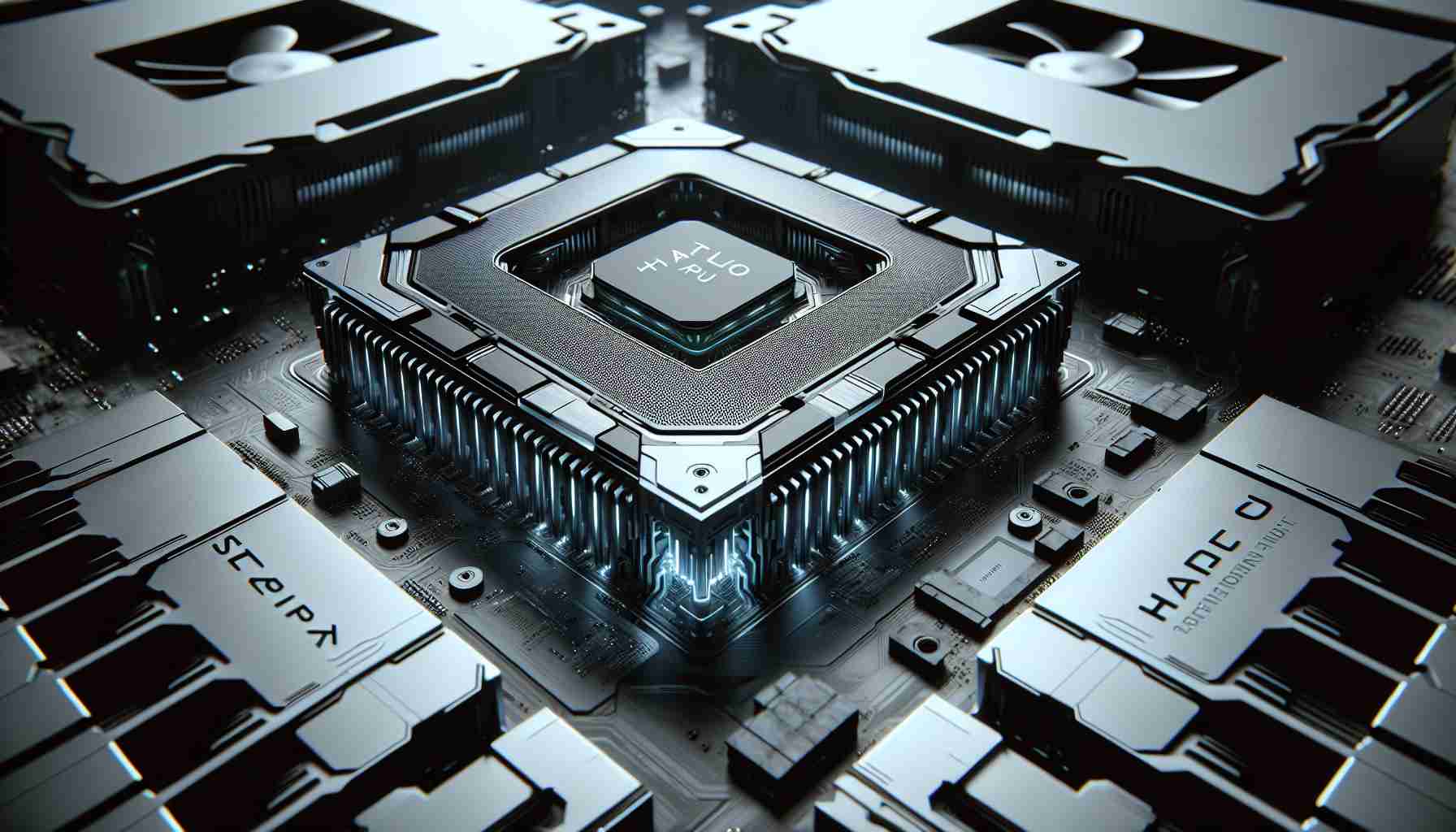AMD has officially released its highly anticipated Zen 5-based Ryzen AI 300 series “Strix Point” APUs. While enthusiasts are still eagerly awaiting their arrival, leaks have surfaced about the upcoming “Strix Halo” APU set to launch in 2025.
The Strix Halo APU is expected to raise the bar with an impressive 16 cores and 32 threads, delivering remarkable processing power with the Zen 5 architecture. Not stopping there, AMD has also upgraded the GPU system to RDNA 3.5, promising gaming performance comparable to discrete GPUs.
Leaked data provides a glimpse of the Strix Halo APU’s physical packaging, featuring a substantial 37.5 x 45.0 mm size and utilizing the same FP11 package. While the APU itself will be smaller, the RDNA 3.5 GPU will occupy a significant portion of the die space with 307mm², while the 2 x Zen 5 CCDs collectively use 66mm². The total die space for the multi-chiplet Strix Halo APU is estimated at 439mm².
Thermal design data has also made its way online, revealing three expected configurations for the Strix Halo APU: 55W, 80W, and 120W. These figures exclude memory power consumption, which AMD estimates to be 9W for 32GB and 13W for 128GB RAM. Furthermore, the leak verifies that LPDDR5X-8533 memory will be paired with a 256-bit memory interface.
The upcoming Strix Halo APU has already been compared to an Intel system featuring the GN21-X6 graphics card, believed to be the NVIDIA GeForce RTX 4070 Laptop GPU. This comparison is particularly intriguing since the RTX 4070 draws significantly more power than 80W. Therefore, a system equipped with an RTX 4070 80W would have similar power requirements to an APU-based system featuring the Strix Halo.
The most exciting news is the significant improvement in GPU power, with the Strix Halo APU projected to include 40 Compute Units of RDNA 3.5 GPU prowess. This marks a substantial leap from the 12-16 Compute Units featured in the just-released Strix Point APU. With this level of performance, the Strix Halo APU is expected to deliver over twice the gaming capabilities of its predecessor and rival modern discrete GPUs.
AMD is expected to conquer the market in 2025 with the Strix Halo APU, likely dominating laptops and handheld devices. Enthusiasts eagerly await the unveiling of the sleek designs that will house the powerful Strix Halo in the upcoming year.
Additional facts:
1. The Strix Halo APU is expected to be based on the 5nm Zen 5 architecture, which will provide improved performance and power efficiency compared to previous generations.
2. The RDNA 3.5 GPU included in the Strix Halo APU is rumored to have support for ray tracing and other advanced graphics technologies, further enhancing its gaming capabilities.
3. The Strix Halo APU is expected to support high-speed memory with LPDDR5X-8533, allowing for faster data access and improved overall system performance.
4. AMD’s Strix Point APU, which is set to launch before the Strix Halo, will provide users with a taste of the performance and features to expect from the upcoming APU.
5. While specific benchmarks for the Strix Halo APU have not been released yet, it is anticipated to outperform its predecessor and offer competition to discrete GPUs in gaming performance.
6. AMD’s dominance in the CPU market with their Ryzen processors could give them an advantage in the APU market, as they can combine strong CPU and GPU performance in a single package.
Key questions and answers:
1. What is the expected release date of the Strix Halo APU?
AMD has not officially announced the release date for the Strix Halo APU, but leaks suggest it will launch in 2025.
2. How does the Strix Halo APU compare to rival products?
The Strix Halo APU is expected to provide a significant improvement in GPU power compared to its predecessor and rival modern discrete GPUs, delivering over twice the gaming capabilities.
3. What advantages does the Strix Halo APU offer over traditional CPUs and GPUs?
The Strix Halo APU combines high-performance CPU and GPU cores in a single chip, providing an efficient and compact solution for laptops and handheld devices. It also offers potential cost savings compared to separate CPU and GPU components.
Key challenges or controversies:
1. Power consumption: The Strix Halo APU’s high-performance capabilities may lead to increased power consumption, which could be a challenge for optimizing battery life in mobile devices.
2. Cooling requirements: The Strix Halo APU’s thermal design, with power configurations of 55W, 80W, and 120W, may require efficient cooling solutions to prevent thermal throttling and maintain optimal performance.
3. Pricing: While not mentioned in the article, pricing could be a key challenge for the Strix Halo APU. High-performance APUs with advanced GPUs can have higher price points, potentially limiting their accessibility to mainstream consumers.
Advantages and disadvantages:
Advantages:
– High-performance CPU and GPU cores in a single chip.
– Potential cost savings compared to separate CPU and GPU components.
– Efficient and compact solution for laptops and handheld devices.
– Improved gaming capabilities compared to previous APUs and rival discrete GPUs.
Disadvantages:
– Potential power consumption challenges, which could affect battery life in mobile devices.
– Cooling requirements may be higher due to the high-performance capabilities.
– Pricing could be a limiting factor for mainstream consumers.
Suggested related links:
AMD Official Website



















